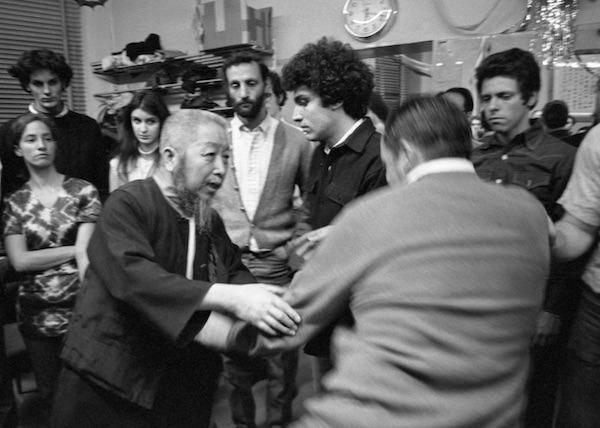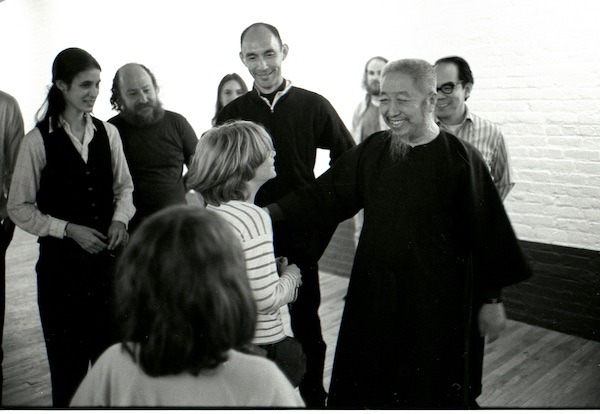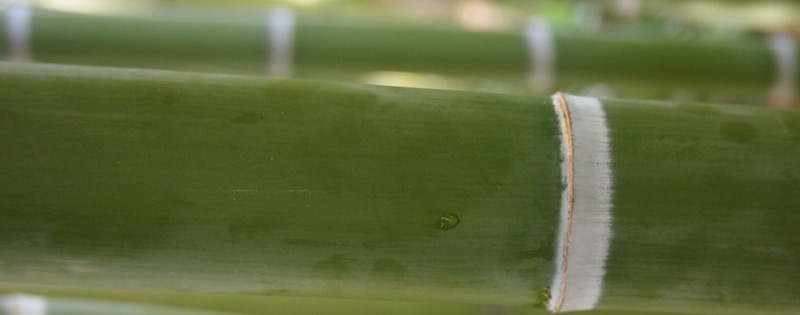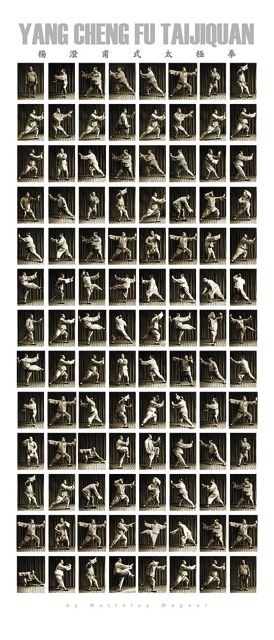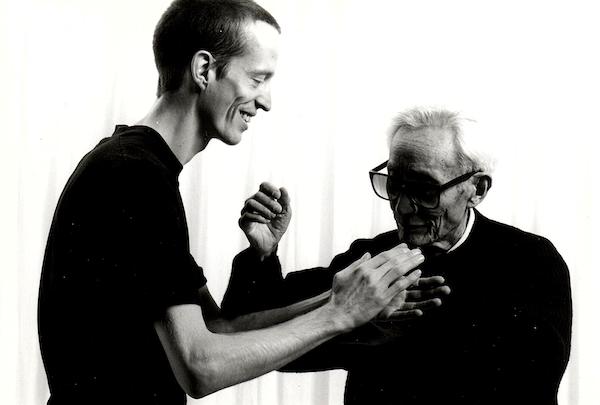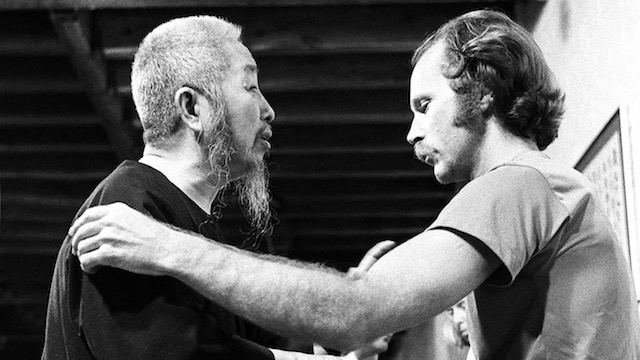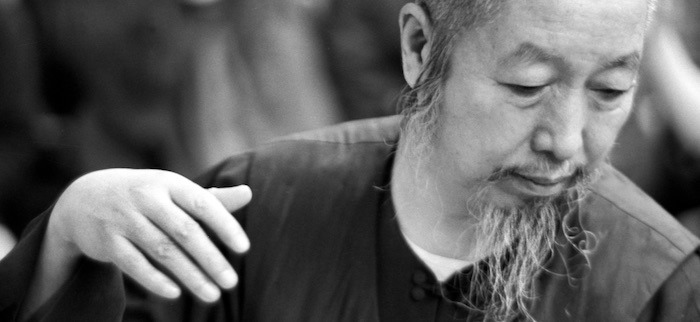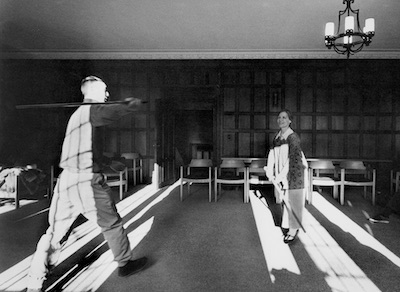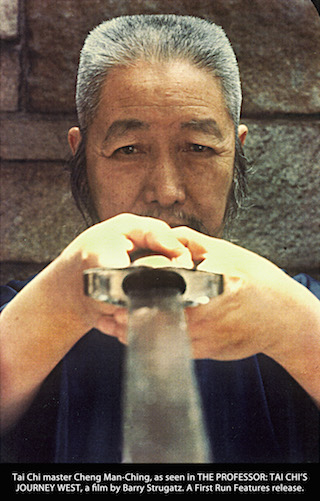Notes on Cheng Man Ching’s Tai Chi System III: (Mis)alignment in Tai Chi
Concerning Cheng Man Ching pushing his chin back with his finger
Forced alignment vs. release
If the chin is forward, it creates a misalignment with the head, causing tension particularly in the back of the neck. It is not good to use one muscle against another to ‘force’ it back into alignment. It takes more muscle energy to keep a misalignment than it does to realign, so we need to release the muscles that have been holding the chin/neck forward for them to realign naturally.
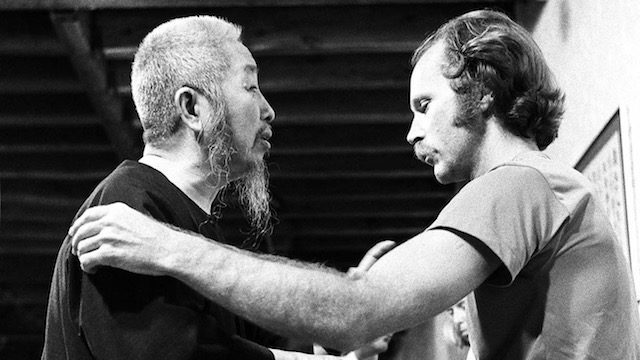
Misalignment as a habit
Misalignments develop as bad habits, and are difficult to remedy: Many times I have informed a student that they are leaning backward, that they should be straight. I see them a week later and they are still leaning backward. If I straighten them manually, they feel as if they are leaning forward, so they eventually lean back again in order to feel straight.
I then tell them to do the form actually leaning forward, so when they feel that they are leaning forward, they are actually straight. – Habits are hard to break.
Consequences of misalignment
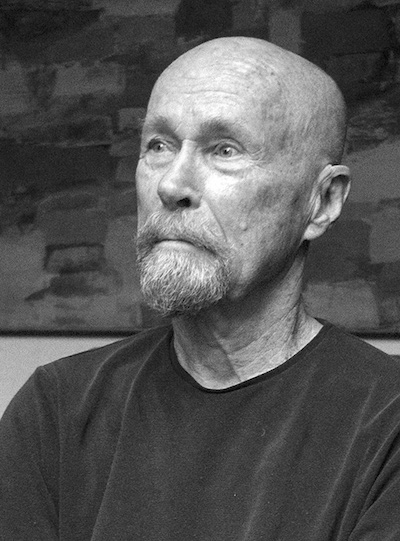
Any misalignment, will cause tension and will cut off our natural energy flow, to the degree that the alignment is off. Misalignments usually cause problems in other parts of the body as well. If our head is hanging forward, it will put extra weight on the knees, not much, but on every step. If the toes are pointed out to the side, the knees and hips will be damaged. Even small tensions like the concern muscles between the eyebrows or biting the lip or tensing the thumb into a curve, will cause tensions in other areas.
Author: Ken van Sickle
Images: Ken van Sickle
German version of the article series
Notes on Cheng Man Ching’s Tai Chi System
- Notes on Cheng Man Ching’s Tai Chi System
- Fight or Flight: Tai Chi’s general attitude
- Tai Chi is „swimming in air“
- (Mis)alignment in Tai Chi
- Roll Back
- The Cheng Man Ching 37 Form – Shortening and Changing the Yang Form
- Cheng Man Ching Push Hands
- Tai Chi’s Role
- Ride the Horse in the Direction it is Going
- Momentum

